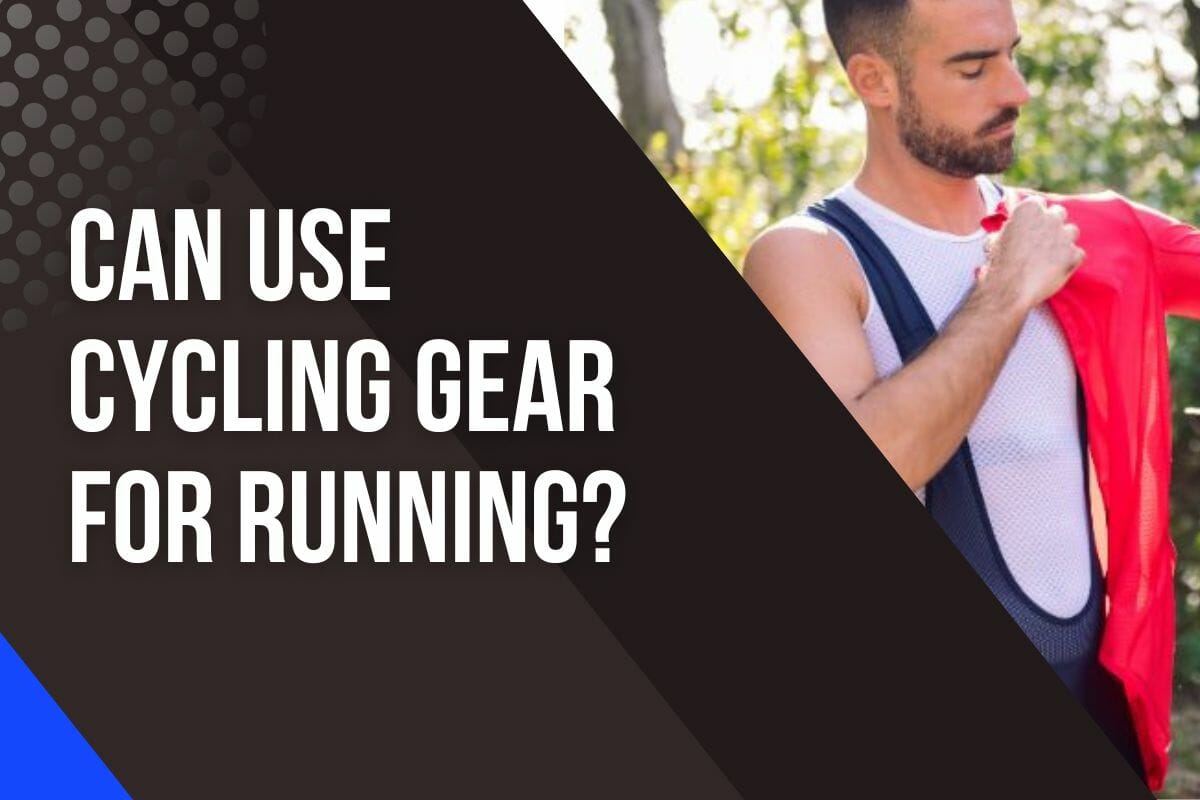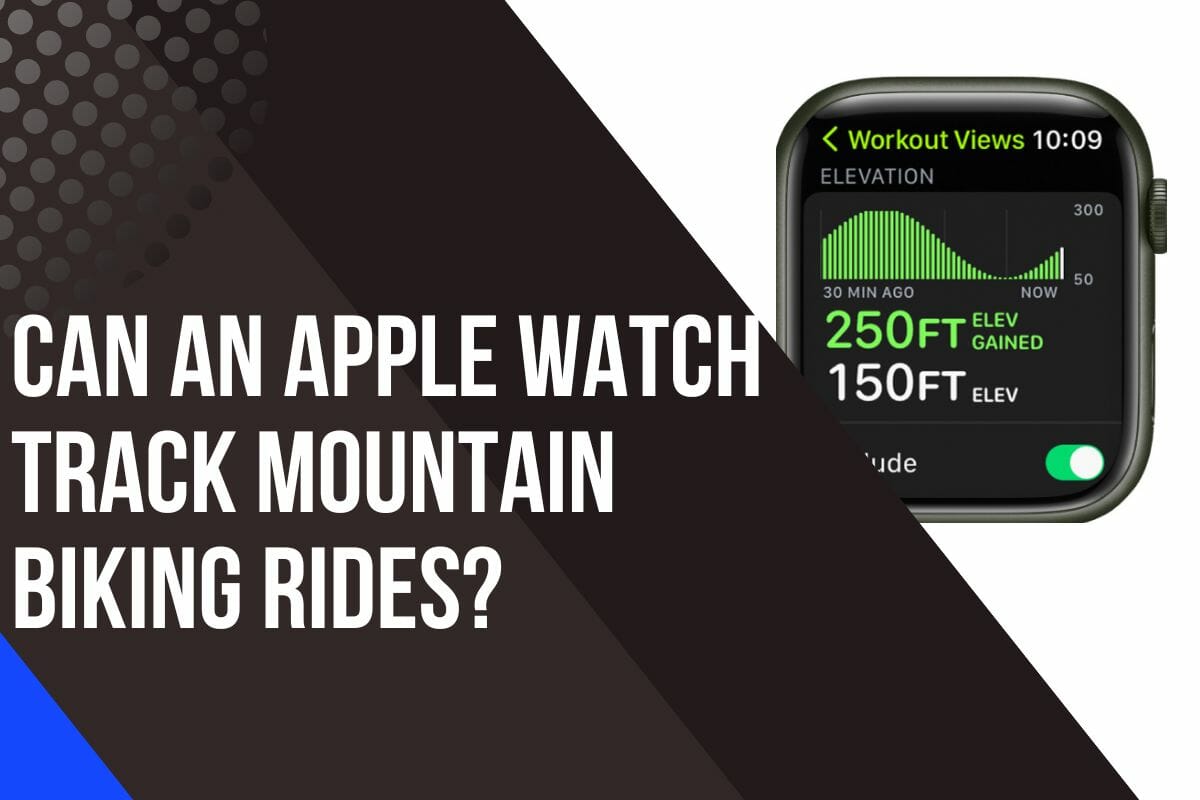Can You Wear A Skateboard Helmet For Cycling?

Are you an avid skater and cyclist?
Do you ever find yourself wondering if you can wear your skate helmet for cycling instead of buying a new one?
You’re not alone.
As the popularity of extreme sports continues to rise, many athletes are looking for ways to save money while still enjoying their favorite activities safely.
It’s important to understand the differences between bike helmets and skate helmets to ensure that you stay safe while enjoying your favorite sports.
In this article, we’ll explore the safety considerations of wearing a skateboard helmet for cycling and answer some frequently asked questions.
So, let’s get started.
Are Skateboard Helmets Safe For Biking?
Skateboard helmets are designed for skateboarding and are not recommended for cycling.
They can provide adequate protection against minor head injuries such as concussion but they are not designed to protect you from the more severe types of head injuries that could occur while cycling.
Skate helmets are typically made with thinner layers of foam and lack the air vents that bike helmets have.
This means that they do not provide enough ventilation or shock absorption in the event of a crash.

While skateboard helmets may be suitable for occasional biking, they are not recommended as an ideal option for regular cyclists due to their lack of adequate protection.
If you want to use the same helmet for both activities, there are options available that provide dual protection.
These helmets typically meet both CPSC and ASTM certifications, ensuring proper safety while riding your bike or skating your board.
Many brands offer high-quality protective gear that is suitable for all types of biking, longboarding, and skateboarding.
When shopping for a helmet, be sure to look out for these dual-certified features as you want to make sure you’re wearing something safe and effective every time you jump on your board or bike.
Impact Protection
Manufacturers design helmets to be suitable for their intended use, so the standard bike helmet will provide protection against different types of impacts than a skateboard helmet.
Skate helmets can protect against minor impacts, such as falls associated with skating or skating, but are not equipped to handle more extreme forces like those commonly seen in vehicle accidents.
On the other hand, bicycle helmets are much more powerful and are designed specifically to handle high-speed collisions effectively.
Studies show that wearing a bicycle helmet can reduce severe traumatic brain injuries by up to 51 percent – no small feat.
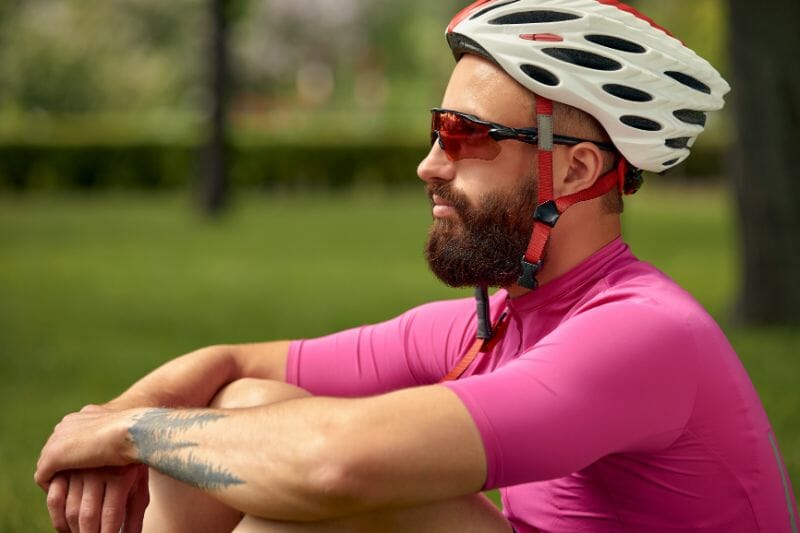
This statistic alone is enough to convince us to use cycling helmets whenever we ride.
The hard plastic exterior is enough to disperse the energy of an impact across its surface without injuring the neck or surrounding tissue.
These findings highlight just how important it is for cyclists and skaters alike to wear proper protective headgear while participating in these sports.
Different Types Of Foam
The difference in protective properties between helmets lies in the type of foam used in their construction.
First, let’s look at Expanded Polypropylene (EPP).
EPP is one type of foam that is increasingly popular when it comes to helmet construction.
This soft, light, squishy foam provides superior impact protection against minor impacts due to its rubber-like qualities – after sustaining a blow the EPP foam recovers its original shape almost instantly.

Next is Expanded Polystyrene (EPS).
EPS is firm and rigid foam. It provides better protection against high-force impacts compared to most other kinds of foams – meaning less risk for serious injury!
However, the EPS foam will break after impact so you need to replace the helmet.
For years, cyclists have been debating the safest type of foam to use.
Many agree that EPP is a good option since it can defend against various small impacts.
On the surface, this seems like a reasonable idea. After all, sometimes when biking, you may take a minor tumble.
The Differences Between Bike Helmets And Skate Helmets
While they may look similar, there are some major differences between the two.
From areas of protection to style, we explain in detail below.
1. Areas Of Protection And Coverage
Skate and cycling helmets offer a variety of protection for different areas of the head.
- Road bike helmets protect the top of the head, leaving the lower back exposed because it’s very uncommon for cyclists to fall backward.
- Mountain and BMX bike helmets offer more protection to both the top and back of the head because they require more protection given their higher speeds and rougher terrain. These helmets may even include visors and face pads for extreme sports riders.
- Skate helmets provide head protection for skaters, safeguarding the top, lower, and back of the head. People who skateboard are far more likely than cyclists to topple backward – a hazard that is especially relevant to electric skateboards, due to their capacity for rapid acceleration.
If the rider underestimates the power of the board, they can easily be flung off and onto the ground.

2. The Differences In Style
When selecting the ideal helmet for biking or skating, safety must be of paramount importance.
However, the style also plays a large role.
The helmet is going to be an integral part of your look and feel when riding or performing tricks.
So it goes without saying that you want one that looks cool and gives off the type of message you are hoping for.
For those who prefer a youthful and ‘street’ style when skateboarding or BMXing, then opting for a skate-style helmet is generally seen as the way to go.

These typically have more cutting-edge designs which cater to younger people who enjoy keeping up with the latest fashion trends in extreme sports.
Those who tend towards skate-style helmets are usually very active outdoor enthusiasts keen on having fun no matter whether they’re out on their boards or bikes.
For more serious riders such as mountain bikers wanting a high level of protection and hardier construction, then opting for a mountain bike helmet will be a wise choice (check out the complete list of essential mountain biking gears).
3. Ventilation For Airflow
Skateboard and cycling helmets have their own unique designs when it comes to venting.
Cycling helmets typically feature more open and larger vents for cooling and airflow due to the increased amount of heat generated from the sun when cycling outdoors.
I’ve been doing a lot of biking lately, and I’ve come to appreciate the importance of having vents on my helmet for cooling.
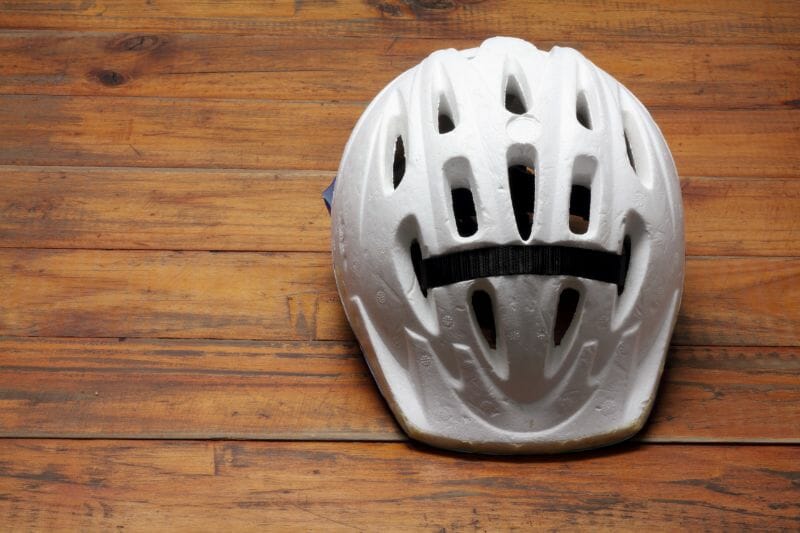
When cycling in the summer heat, those extra air vents make all the difference in how comfortable I am while riding.
Skate helmets also often come with venting but are usually not as extensive as those found on bike helmets.
4. Visors For Protection From Debris
Visors are becoming increasingly popular among both mountain and BMX bike riders.
These visors serve to protect your face from low-hanging branches and debris while you are riding.
This is particularly important in off-road terrain, where branches, twigs, and leaves can be difficult to see coming at high speeds.
On the other hand, road cyclists do not usually need a visor on their helmets because they wear regular sunglasses or specialized cycling glasses.
They typically ride with their heads pointed low in order to reduce wind resistance, so wearing a visor would only obstruct their vision and impede performance.
Regardless of this, it is important for all types of cyclists to ensure that any helmets used are equipped with safety features like a visor that can provide an extra layer of protection against unexpected objects like branches.
Skate helmets, on the other hand, typically do not have any visors.
One Helmet To Rule Them All
I recently discovered that it is possible to use a single helmet for both skateboarding and cycling.
This was great news for me because I had been cycling and skating for years, but always had to purchase two separate helmets to cover both activities.
After doing some research, I found out that the key to finding a suitable helmet is finding one that is dual-certified by the CPSC (Consumer Product Safety Commission) and ASTM (American Society of Testing Materials).
After some research, I decided to invest in a Triple Eight Dual-Certified Bike and Skateboard Helmet, which came in six different styles in three size options.
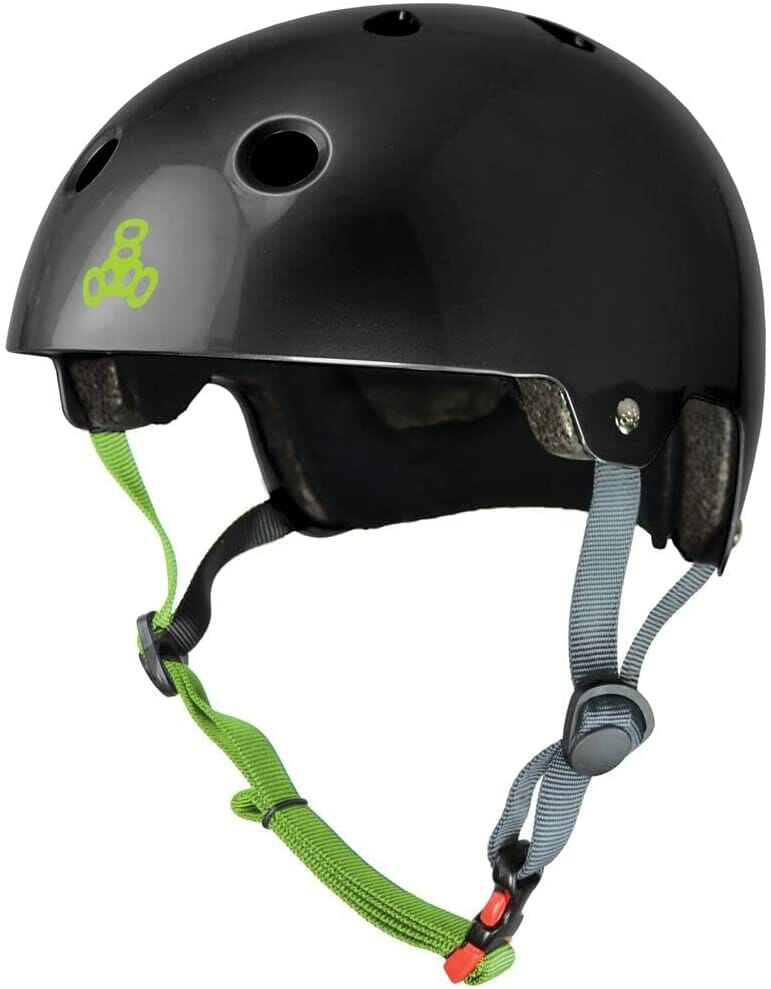
It also uses an ABS shell and EPS foam for maximum protection.
The visor on this helmet helped keep my eyes shielded from the sun while providing extra protection from any unexpected objects in my path.
Having a single helmet made it easier for me to switch between biking and skating without having to worry about buying an additional piece of protective gear.
Knowing that my head was adequately protected gave me peace of mind and allowed me to enjoy both sports without worrying about suffering any head injuries or severe injuries due to inadequate protection.
Why is the Certification Important When it Comes to Helmets?
The CPSC standard exists specifically to help ensure the highest level of safety in helmets sold in the United States, guaranteeing that these products have been tested intensively and will protect against severe skull or brain injuries upon impact.

Additionally, ASTM certifications provide an assurance that helmets also meet voluntary requirements set forth by ASTM standards, which include creating helmets designed specifically to protect certain activities such as skateboarding or cycling.
When Should You Replace A Helmet?
The short answer is: If you are in a high-impact collision, you will need to replace your helmet regardless of what type it is (bike/skate/multi-use).
Even if there’s no visible damage, the helmet’s interior components could be damaged.
Bike helmets are designed to compress upon impact while skateboarding helmets are designed to meet specific safety standards for skateboarding.

You should also consider replacing your helmet even if you haven’t been in a crash.
Many manufacturers suggest replacing your helmet after two or three years, or after every season if you use it frequently.
Extreme temperatures can affect the functionality of the foam padding and lining inside the helmet, as can sweat and other contaminants.
Finally, make sure to check your local laws—some states require that you always wear a certified bicycle or skateboarding helmet when riding on public roads and trails or when doing some bike tricks at the park.
My Verdict
Get the right tool for the job. Always.
Never sacrifice safety just to save some bucks.
If budget is an issue, try finding a dual-certified helmet that can be used for both cycling and skating.
